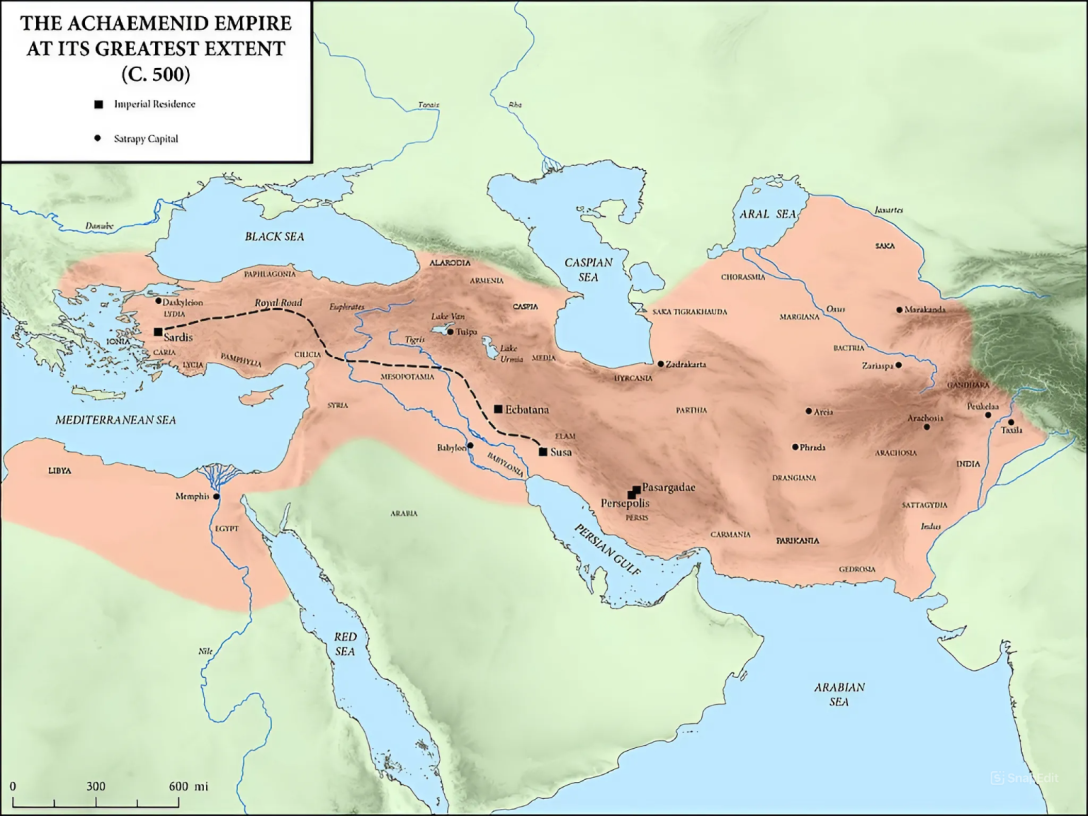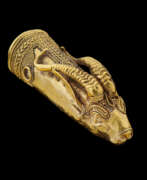Achaemenid Empire

Achaemenid Empire
The Achaemenid Empire was a Persian empire known for its rich history, diverse culture, and significant contributions to art. Founded by Cyrus the Great in the 6th century BCE, it became one of the largest empires in ancient history, stretching from the Balkans to the Indus Valley.
One of the unique features of the Achaemenid Empire was its administrative sophistication. The empire was divided into various satrapies, or provinces, each governed by a satrap. This system allowed for efficient management and cultural integration across its vast territories. The Achaemenids are also credited with constructing an extensive network of roads, including the Royal Road, which facilitated communication and trade.
In terms of art, the Achaemenid Empire is renowned for its monumental architecture, such as the palaces of Persepolis and Susa. These structures were adorned with intricate bas-reliefs depicting scenes of royal ceremonies and tribute bearers from different parts of the empire. This artistic legacy reflects the empire’s emphasis on power, diversity, and the unity of its many peoples.
To learn more about the Achaemenid Empire and stay updated on new product sales and auction events related to this fascinating period, sign up for our updates.
| Country: | Africa, Asia, Europe |
|---|---|
| Start of the period: | 550 BC |
| End of the period: | 330 BC |







